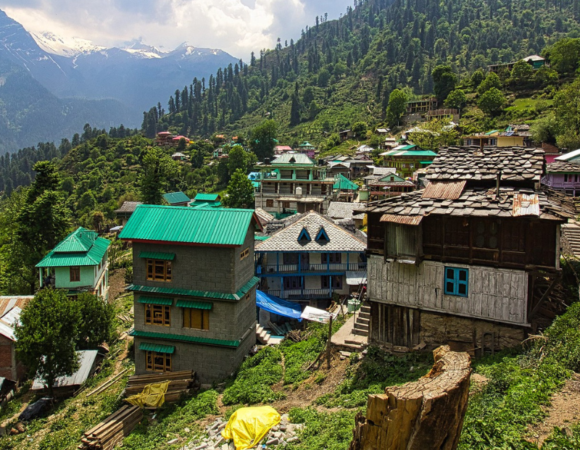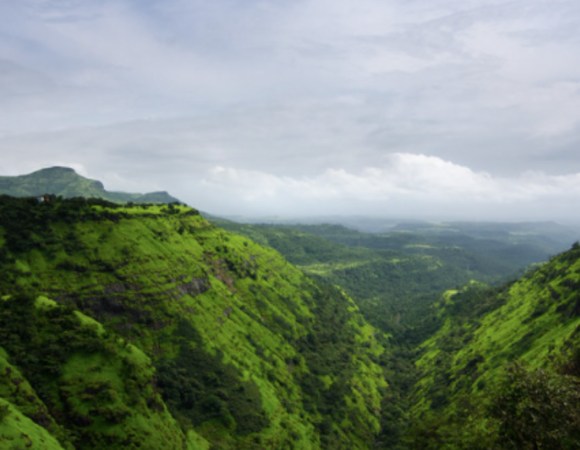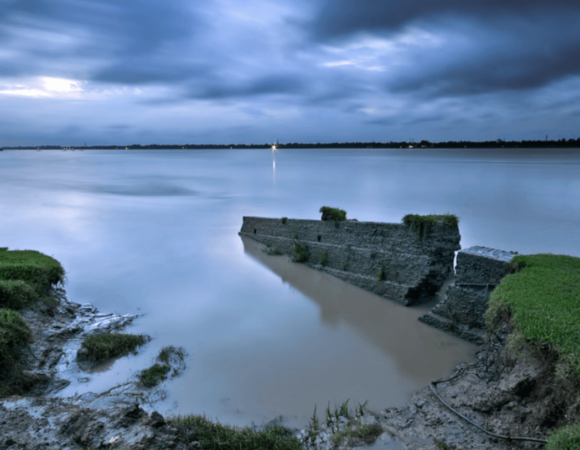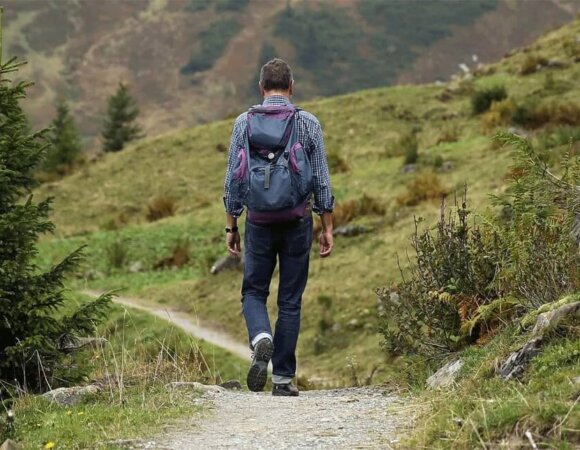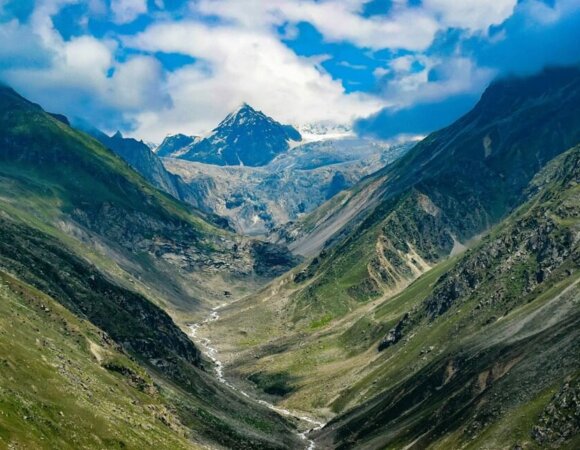How To Avoid Knee Pain And Injuries On Treks
Knee Pain and Injuries on Treks are common problems for many hikers. Walking on rough trails, steep slopes, and uneven ground can put a lot of pressure on your knees. Long descents can make it worse, leading to pain and discomfort. But the good news is that you can prevent it. With the right preparation, gear, and trekking techniques, you can protect your knees and enjoy your trek without worry. Let’s explore some simple and effective ways to keep your knees safe on the trails.
Table of Contents
ToggleCommon Causes of Knee Pain While Trekking
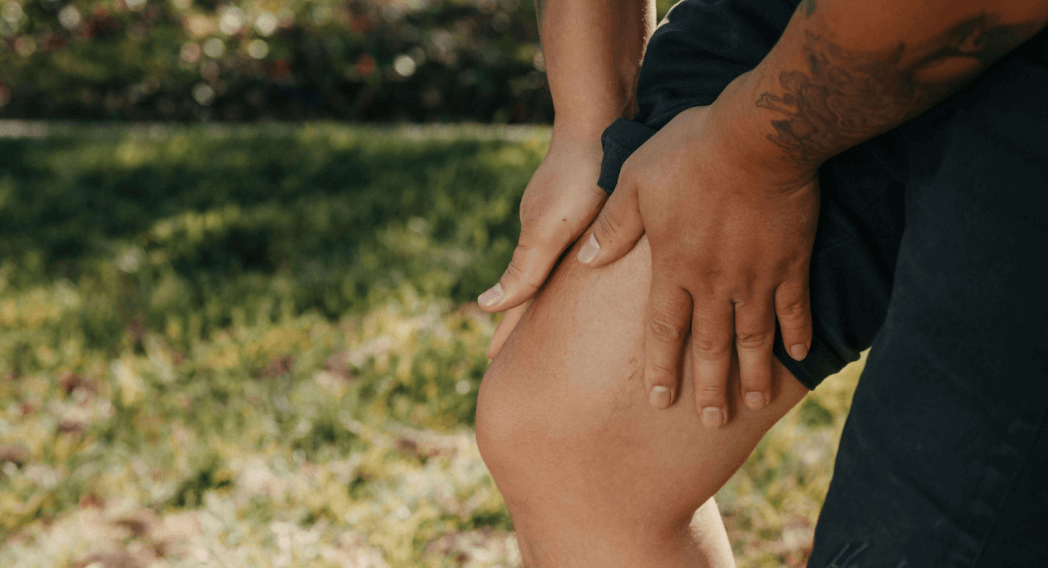
Knee pain is a common issue for trekkers. It often happens due to extra strain on the joints. Here are some major reasons:
- Overuse and strain from long descents – Walking downhill puts a lot of pressure on the knees. The impact can lead to pain and even injuries.
- Poor trekking technique – Taking big steps, walking too fast, or landing too hard on your feet can stress your knees. A wrong posture can make things worse.
- Weak muscles and lack of flexibility – If your leg muscles are not strong, your knees have to take all the impact. Tight muscles also make movements stiff and painful.
- Carrying a heavy backpack – A bag that’s too heavy or not adjusted properly puts extra weight on your knees. This can lead to pain, especially on long treks.
- Improper footwear and lack of support – Shoes without good cushioning and grip can make walking difficult. Without proper support, your knees absorb all the shock, increasing the risk of pain and injuries.
Pre-Trek Preparation to Strengthen Your Knees
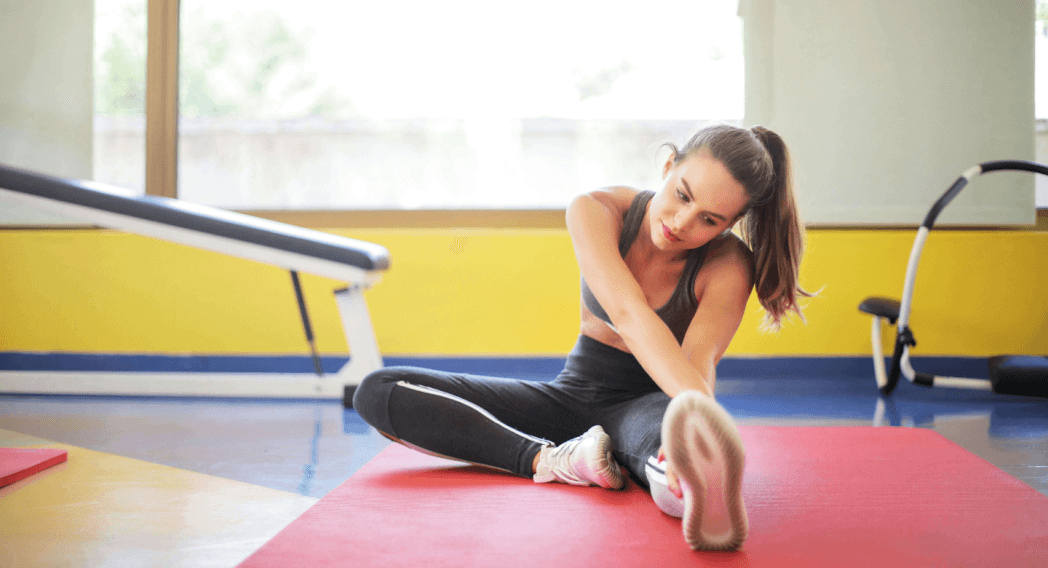
The best way to protect your knees is to prepare before the trek. Strong muscles and flexible joints help reduce strain on your knees.
Simple exercises like squats, lunges, and step-ups can make your legs stronger. Stretching before and after a trek keeps your muscles loose and prevents stiffness. Walking and stair climbing improve stamina.
We have a detailed pre-trek knee preparation guide covering exercises, stretches, and endurance training. You can check it out : build stronger knees and trek pain-free.
Choosing the Right Trekking Gear
The right gear can make a big difference in preventing knee pain and injuries on treks. Here’s what you need:
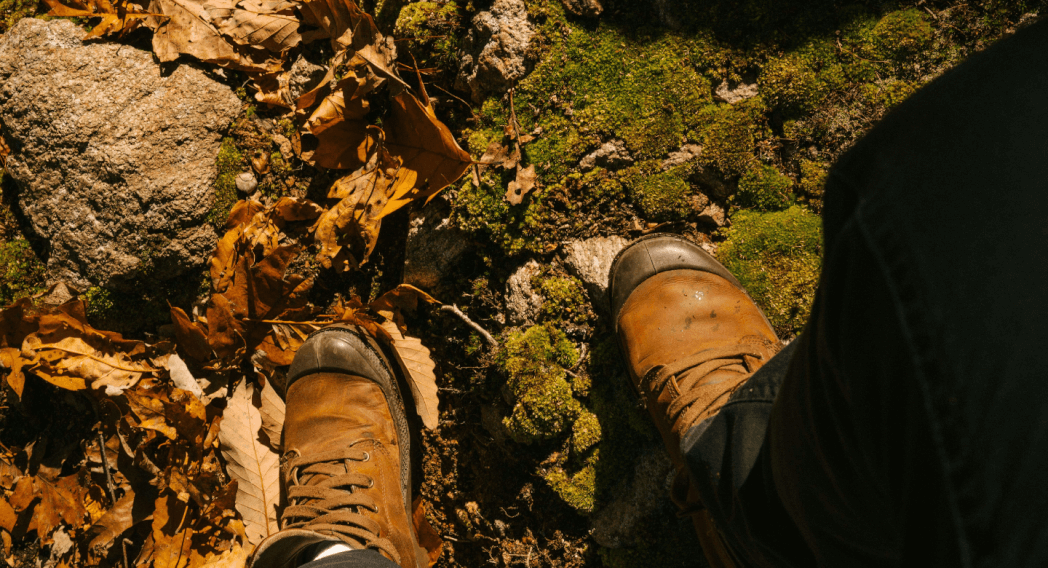
- Trekking Poles – These help reduce strain on your knees by distributing weight to your arms. They improve balance and make descents easier.
- Proper Footwear – Choose trekking shoes with good cushioning and ankle support. A strong grip helps on uneven trails, reducing stress on your knees.
- Knee Braces & Supports – If you have weak knees or past injuries, knee braces can provide extra stability. Use them on long treks or tough terrains.
Best Trekking Techniques to Reduce Knee Strain
Trekking the right way can save your knees from pain. Follow these simple techniques:
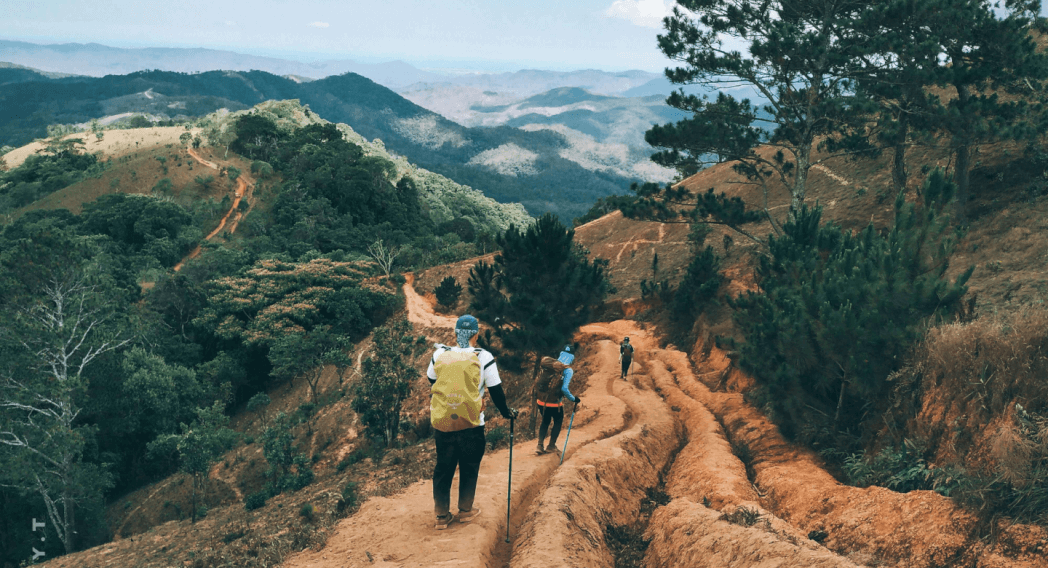
- Descending Safely – Take small steps and move in a zig-zag pattern instead of going straight down. This reduces the impact on your knees.
- Using Trekking Poles Effectively – Place the poles slightly ahead of you to improve balance. They help absorb the shock, especially on steep trails.
- Carrying Your Backpack Properly – Adjust the straps so the weight is evenly distributed. A poorly fitted backpack can put extra pressure on your knees.
On-Trek Knee Care Tips
Taking care of your knees during the trek is just as important as preparing before it. Here are some simple ways to keep your knees pain-free:
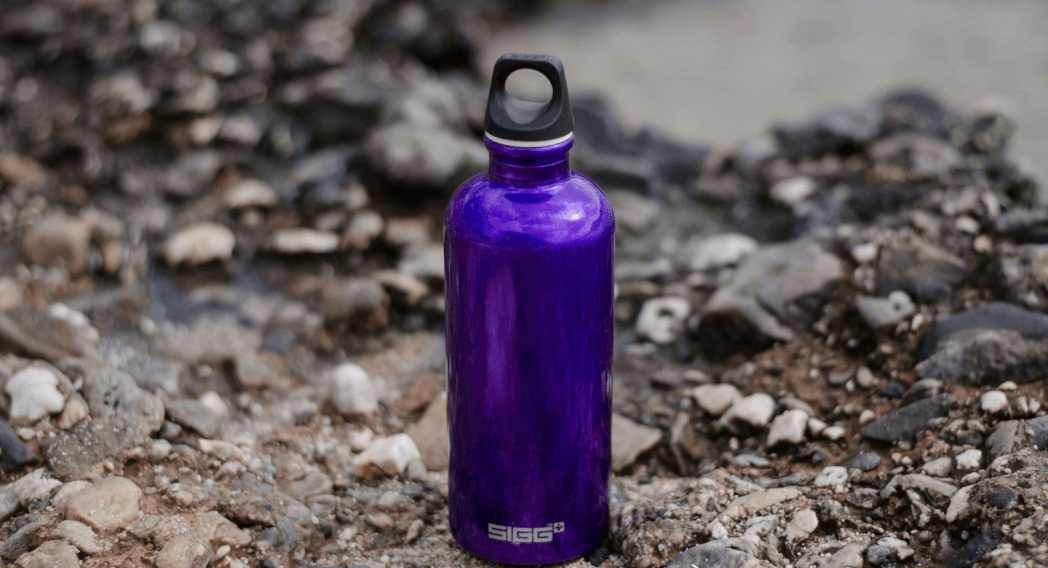
- Taking Breaks – Don’t push yourself too hard. Resting for a few minutes helps reduce strain and prevents overexertion. Listen to your body and stop if you feel discomfort.
- Staying Hydrated & Eating Right – Drinking enough water keeps your joints lubricated. Eating foods rich in protein and healthy fats helps reduce inflammation and strengthens muscles.
- Using Ice or Compression If Needed – If you feel knee pain, wrap a cloth around a cold bottle or use an ice pack to reduce swelling. A compression bandage can also provide support and relief.
Post-Trek Recovery
Taking care of your knees after a trek is just as important as preparing for one. Proper recovery helps prevent long-term pain and stiffness.
- Stretching & Cooling Down – Stretch your legs after the trek to keep your muscles flexible. This prevents stiffness and improves recovery.
- Massage & Ice Therapy – A gentle massage can ease soreness. If your knees feel swollen, use an ice pack to reduce inflammation.
- Rest & Strengthening Exercises – Give your knees time to recover. Once you feel better, start light exercises to build strength for your next trek.
Let’s Sum Up
Trekking should be an enjoyable experience, not a painful one. By using the right gear, practicing good trekking techniques, and taking care of your knees before, during, and after the trek, you can avoid knee pain and injuries on treks.
Take small steps, listen to your body, and make knee care a priority. A little effort now will keep you trekking pain-free for years to come!
References
Five steps to protect your knees while hiking. (n.d.). Casa Colina Surgery Center.
Standing child’s pose. (n.d.). [Video]. Hingehealth.
Frequently Asked Questions (FAQs) on How To Avoid Knee Pain And Injuries On Treks
Why do my knees hurt after trekking?
Trekking puts extra pressure on your knees, especially during descents. Weak muscles, improper technique, and lack of stretching can also cause pain.
How can I prevent knee pain while trekking?
Strengthen your legs before the trek, use trekking poles, wear proper footwear, take small steps on descents, and avoid carrying a heavy backpack.
Are trekking poles really helpful for knee pain?
Yes, trekking poles help distribute your weight, reduce impact on your knees, and provide better balance, especially on steep trails.
What kind of shoes are best for knee support during trekking?
Choose trekking shoes with good cushioning, arch support, and a strong grip to reduce stress on your knees.
How do I strengthen my knees for trekking?
Regular exercises like squats, lunges, step-ups, and stair climbing help build strength and reduce knee strain. Stretching also improves flexibility.
What should I do if my knees start hurting during a trek?
Take a short break, stretch lightly, and use an ice pack (or a cold bottle) if available. A knee brace or compression bandage can provide support.
Is it normal to feel knee pain after a trek?
Mild soreness is common, especially after long descents. Proper stretching, massage, and rest can help with recovery.
Can carrying a heavy backpack cause knee pain?
Yes, extra weight puts more pressure on your knees. Pack light and adjust your backpack straps properly to balance the load.
Should I wear a knee brace while trekking?
If you have a history of knee pain or injuries, a knee brace can provide extra support. However, strengthening exercises are more effective in the long run.
How can I recover from knee pain after a trek?
Stretching, massage, ice therapy, and rest are key to recovery. Once the pain subsides, do strengthening exercises to prepare for future treks.


